The Trophy – Is Killing the Biggest Animal a Good or a Bad Thing?
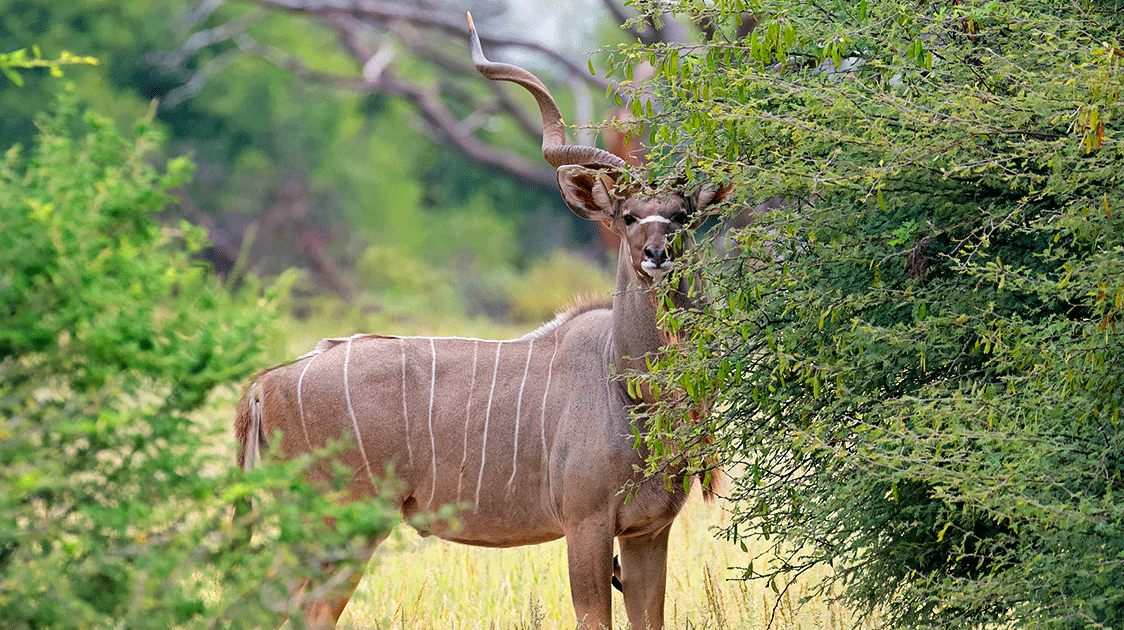
By Prof Brian Child
As humans, hunters seek excellence and measure a multifaceted safari by the size or age of the horns on the animal, getting bragging powers by having a trophy bigger than their peers.
Unlike farming or hunting for meat, hunting for trophies is discriminating in the extreme. Although the media often criticizes this search for quality, it has positive consequences for wildlife and wild lands.
Trophy hunters don’t blow away the first animal they see or, even worse, slaughter any animal older than eight weeks (chickens) or two years (beef). They spend many hours or days seeking the biggest or oldest animal. This process of seeking – or hunting – takes time and costs money; it is a non-commodity value.
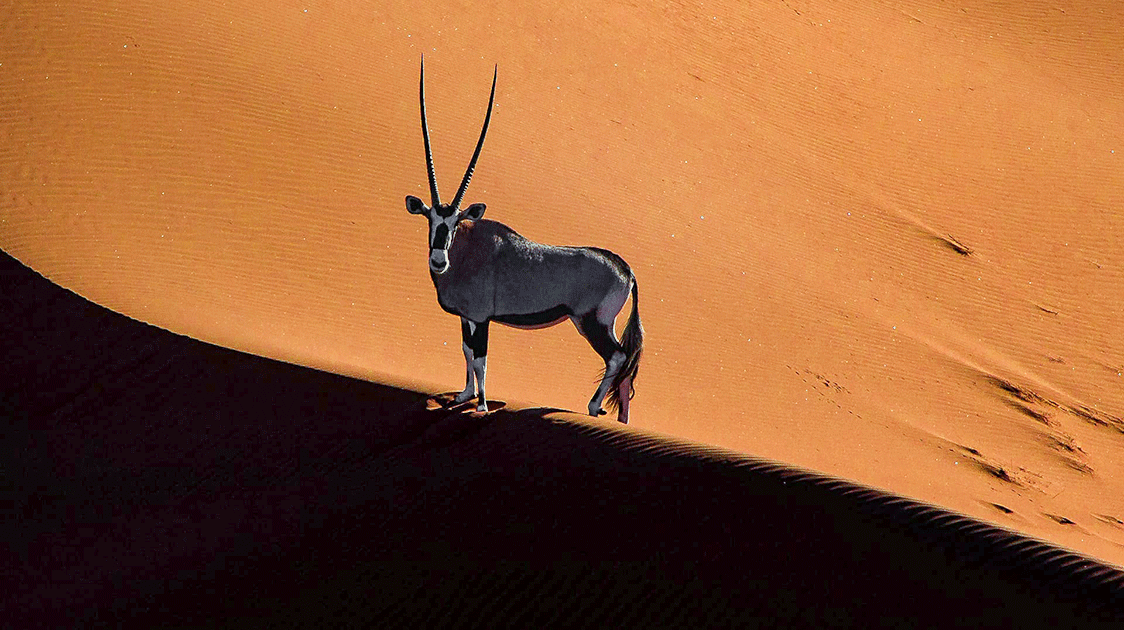
The demand for high-quality trophies results in high-quality management. The truncated population pyramids associated with meat production are replaced by the near-natural populations necessary to produce large adult male animals, and monocultures are replaced by a diversity of species – supermarkets might want conformity, but hunters want variety, and pay more to keep the system wilder.
Third, overhunting quickly reduces trophy quality, and any damage to an area’s reputation for high-quality trophies or wildlife experiences spreads quickly in the hunting fraternity. Reputation is an asymmetrical risk, and few wildlife producers will risk overshooting if they have long-term tenure.
Indeed, the link between tenure and sustainability is critical to administering hunting. Conservationists have grown up in systems without wildlife tenure, such as North America and much of Africa and the world, and this deep-seated fear of a tragedy of the commons invariably misdirects wildlife policies and tips them the wrong way around.
For example, farmers do not overuse cattle when the price increases—they invest. High levels of regulation disadvantage cattle production because of associated transaction costs.
Similarly, tenured wildlife landholders and communities will invest in wildlife as the typical response to increasing demand; they will respond to hunting bans by replacing wildlife with the next best land use option, usually a reversion to livestock production.
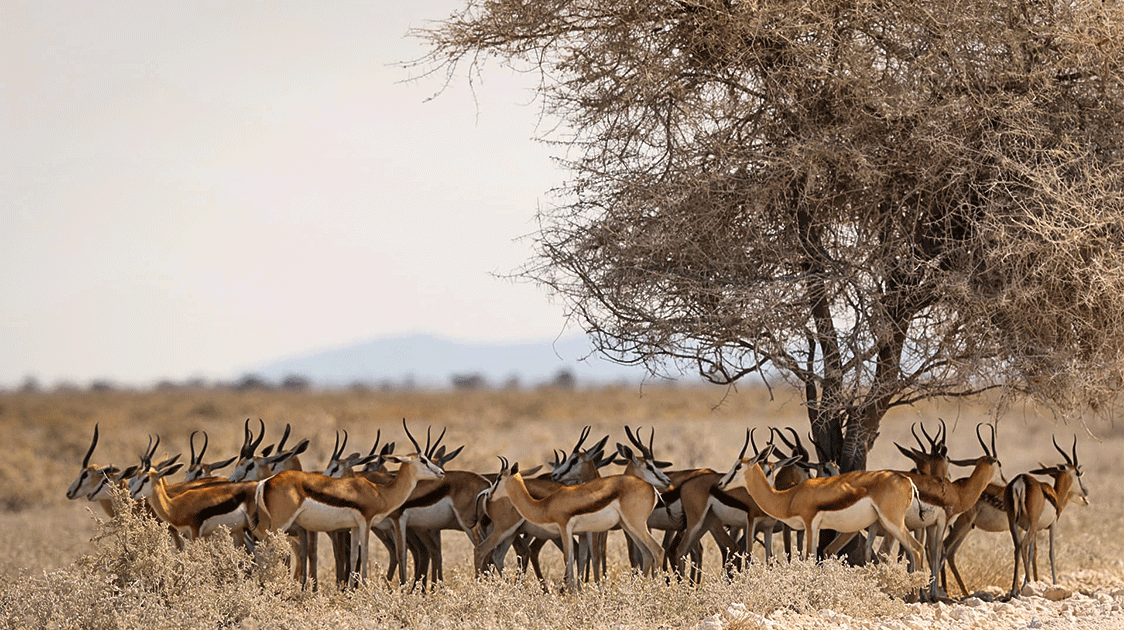
We have already noted that the greatest superpower of the trophy is that it leverages more money from far fewer animals killed, which is the same sustainability principle behind using smart buildings to reduce energy consumption, making wildlife economically competitive, and enabling rewilding.
Conservationists are so habituated to extinction that they forget that the greatest threat to game farms - and livestock farms too - is too many animals, not too few; thus, once trophy hunting has enabled herds to rebuild towards carrying capacity, cropping excess animals to maintain the habitat is essential.
While the moral acceptance of hunting for meat or subsistence and the abhorrence to hunting trophies is ideological (Hare, Dickman et al. 2024), the numbers don’t add up – it is easy to sustain an offtake of 2% of the herd as trophy male animals but cropping 40-50% of the herd to earn an equivalent revenue from meat is clearly not sustainable.
Arguments against hunting include the effects of selected harvesting, ecological and behavioural changes, and population dynamics and survival (Di Minin, Clements et al. 2021).
In southern Africa, these effects are offset by a recovery of wildlife from under a million animals to over ten million on working lands. For example, there is little evidence either way concerning the selective pressure of hunting on wildlife genetics, but hunting dramatically increases the magnitude of the gene pool.
(Prof Brian Child is an Associate Professor in the Department of Geography and Center for African Studies at the University of Florida.)

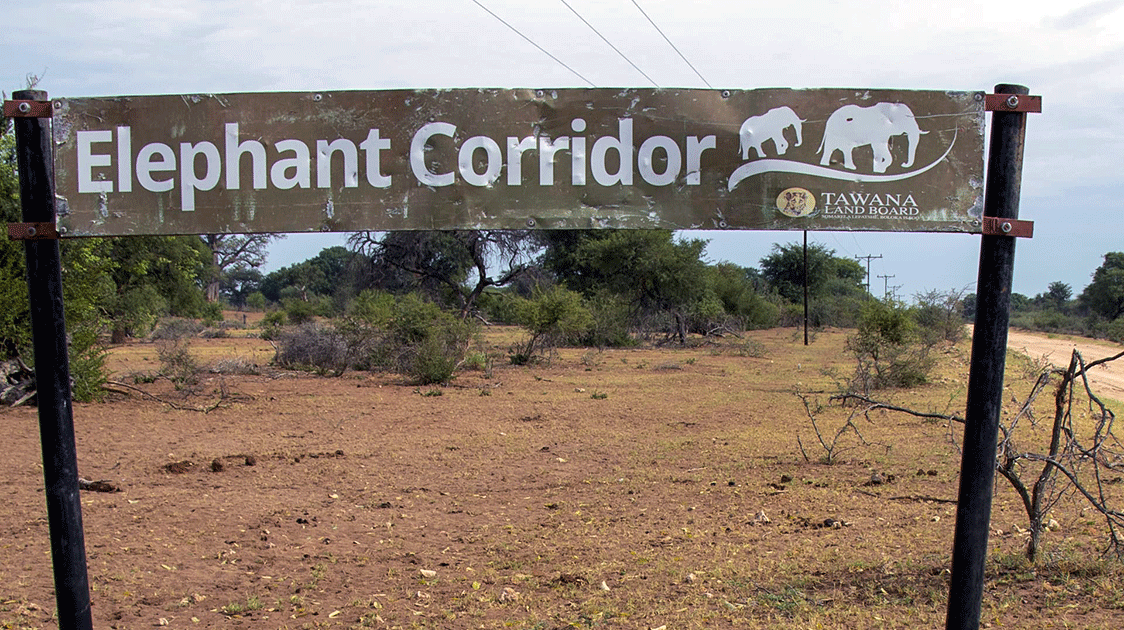
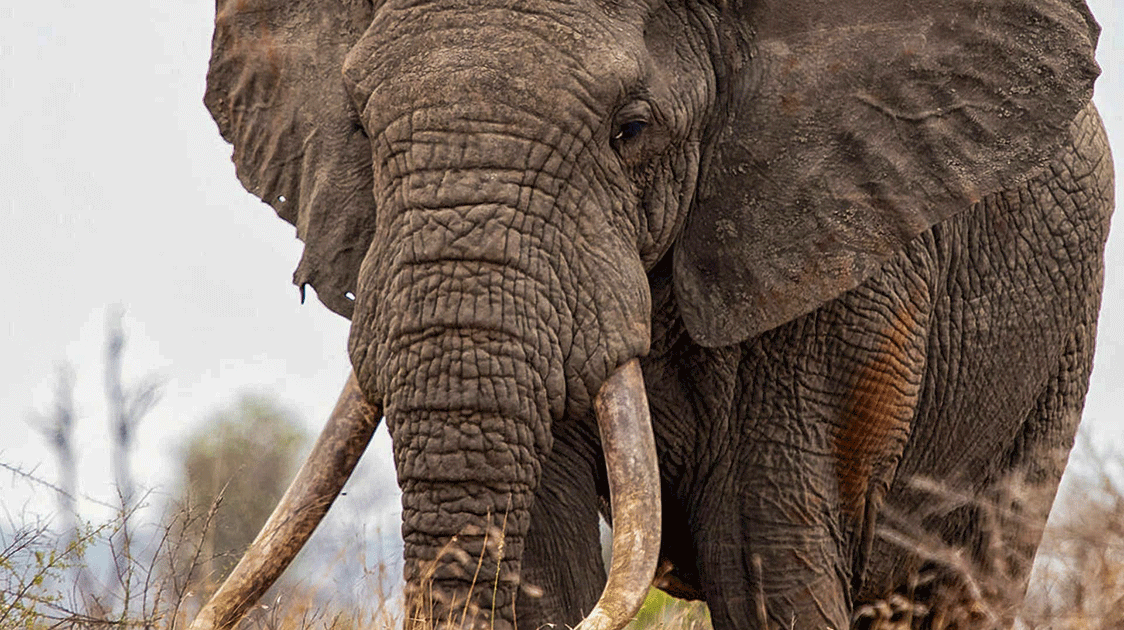
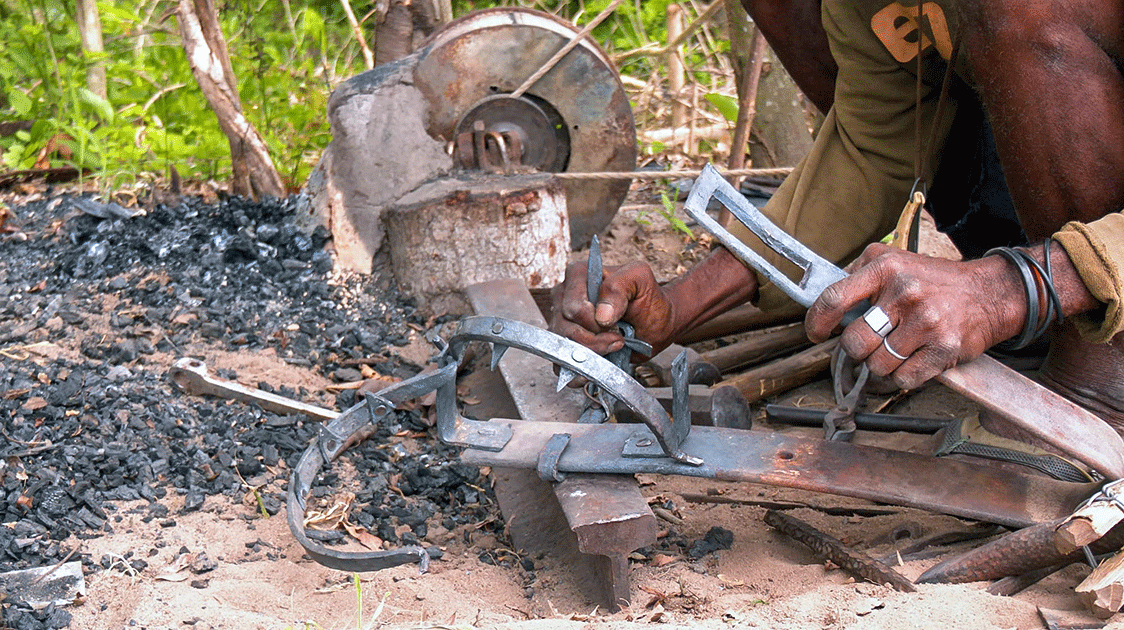
Comments ()